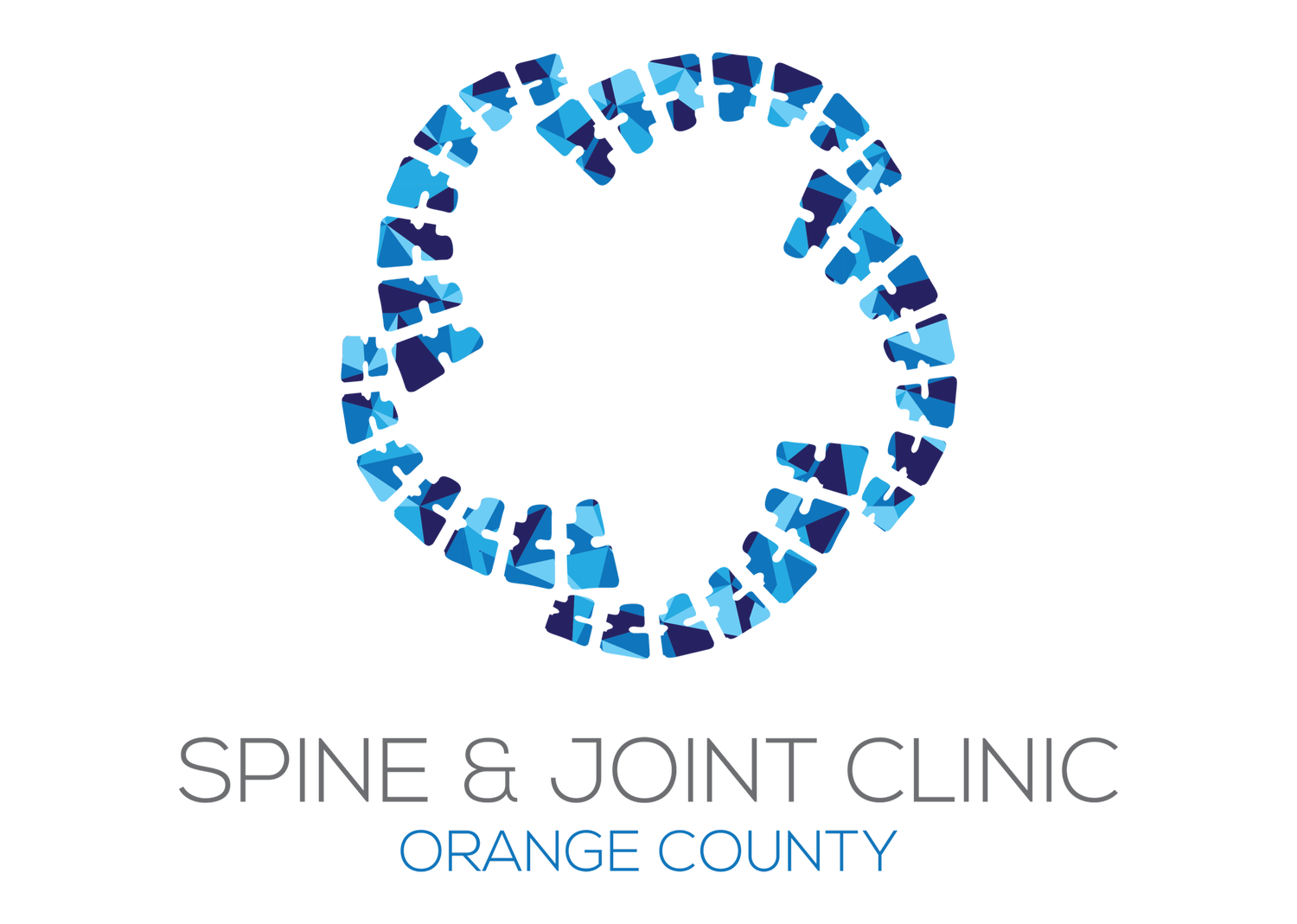Soft Tissue Work and Healing
If you have spent any time in a gym or physical therapy office you have probably seen an increase in foam rollers, massage guns like the Hyperice, “The stick”, Thera Cane,
Sometimes people’s muscles hurt. Research estimates that massage therapy was a $16 billion dollar industry in 2017. If you have spent any time in a gym or physical therapy office you have probably seen an increase in foam rollers, massage guns like the Hyperice, “The stick”, Thera Cane, fascia blaster, PSO-RITE Psoas Release Tool and Personal Massager and the list goes on. Muscles hurt for a number of reasons such as joint misalignment, tension, stress, overuse, minor injuries, and nerve dysfunction.
Your body is made up of cells. Together those cells make tissues. Tissues make up organs and organs make up entire systems such as the digestive system or musculoskeletal system. Some cells are specifically programmed to help the body heal from trauma. These are known as stem cells. You have probably heard about stem cell injections as they continue gain more attention.
Trauma leads to:
1. Structural damage (disc herniation or muscle sprain/strain)
2. Inhibits normal circulation to that area
3. Triggers inflammation
Stem cells may respond to trauma and come out of an inactive state. They have the ability to move towards sites of injury and differentiate (change in order to carry out a specific function) into cells required for healing. This means they can become bone cells (osteocytes), chondrocytes (connective tissue), muscle cells (myelocytes) and fat cells (adipocytes).
So where do stem cells live? To name a few sites, they reside throughout the body in brain tissue, muscle tissue, fat tissue, and in a baby’s umbilical cord.
There are 4 main approaches to healing a musculoskeletal injury.
1. Eat nutrient dense foods and remove toxins (processed carbs and medications)
2. Adequate rest to avoid further injury followed by gradual exposure to activity aka “corrective care,” and other stress that create positive adaptations (i.e. sauna, fasting, and supplementation)
3. Correct structural misalignments with specific adjustments and rewire poor movement patterns. This will restore balance to the nervous system that plays a key role in healing through control of the neuroimmune system.
4. Help accelerate the body’s ability to heal by working on the soft tissue (muscles, ligaments, fascia)
I’m not going to expand on number 1 & 2 in this article. However, number 3 should be in a chiropractor’s wheelhouse. To correct a misalignment a specific adjustment should be used. Gross manipulation and a cookie cutter approach fall short in my opinion. Let me give you an example of a specific patient. We’ll call him Mike. Mike plays collegiate baseball. In the last few years he’s torn his quadriceps and his opposite leg’s hamstring. He has worked with the team PT, massage therapist and even a practitioner specializing in myofascial release.
Mike continues to play and his schedule is rigorous. The pain is becoming more frequent and increasing in intensity especially with throwing and hitting.
After evaluating Mike it became pretty obvious what was wrong. He presented with muscle asymmetries in his low back, significant pelvic distortion (rotated and un-level), specific areas tender to palpation, and his non-painful side was severely restricted. His painful side was picking up the slack and overworked. Had Mike decided to continue to play, rely solely on physical therapy and soft tissue treatments without specifically correcting the joint issue - my sense is that he would continue to play injured and below his potential.
Instrument assisted soft tissue mobilization (IAST).
Let’s dive a little deeper into number 4. Using the ceramic spoon is known as instrument assisted soft tissue mobilization (IAST). The instrument is run along the skin, subcutaneous tissue, fascia, muscles and ligaments. This is essentially trauma indicated by bruising (e.g. petechiae) that initiates a cellular inflammatory response.
I’d theorize that the “scraping” may be manipulating the local native stem cells populations at the site of treatment. That said, the literature does not support the theory that you are breaking up scar tissue and I agree with the evidence. This reminds me of a quote:
“If you’re not prepared to be wrong you will never come up with anything original.”
The treatment rationale varies as does the type of tool, force, and application used by the practitioner.
Despite the variations in treatment the general premise is to
decrease pain,
enhance myofascial mobility aka connective tissue
stimulate tissue resorption,
induce regeneration and repair.
New studies are being published to assess the efficacy and how stem cells work in a clinical setting both in the body and in vitro (outside a living organism)
While we don’t always have perfect information scientists have made great strides understanding how the body works.




